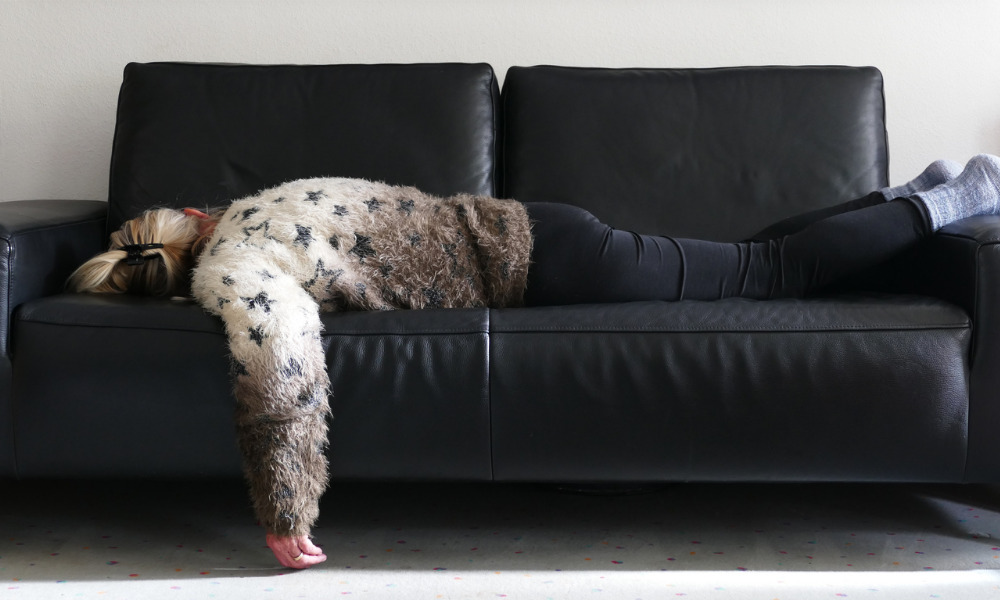“We found that people with higher levels of stigma had more symptoms, lower function, reduced quality of life, and a greater chance of unemployment due to disability,” said Ron Damant, professor in the Faculty of Medicine and Dentistry at the University of Alberta.
“People say they were not allowed to return to work, ostracized from friends and family, subjected to unnecessary and humiliating infection control measures, accused of being lazy or weak, or accused of faking symptoms,” said Damant, who hopes that people will become more empathetic and open-minded as more is understood about long COVID and the impact of stigma on patients.
“People who are suffering from long COVID are not faking it, they’re not weak, they don’t need to be treated like they’ve got an infectious disease,” he said.
Long COVID is real
At least 65 million individuals worldwide are estimated to have long COVID, with cases increasing daily, according to a separate study published on the Nature Reviews Microbiology website. Among adults who had a positive test or suspected infection before December 2021, 25.8% had symptoms at least three months after their infection.
Meanwhile, for those who had an infection in December 2021 or after — with the emergence of the omicron variant — the percentage with symptoms at least three months after infection decreased to 10.5%.

